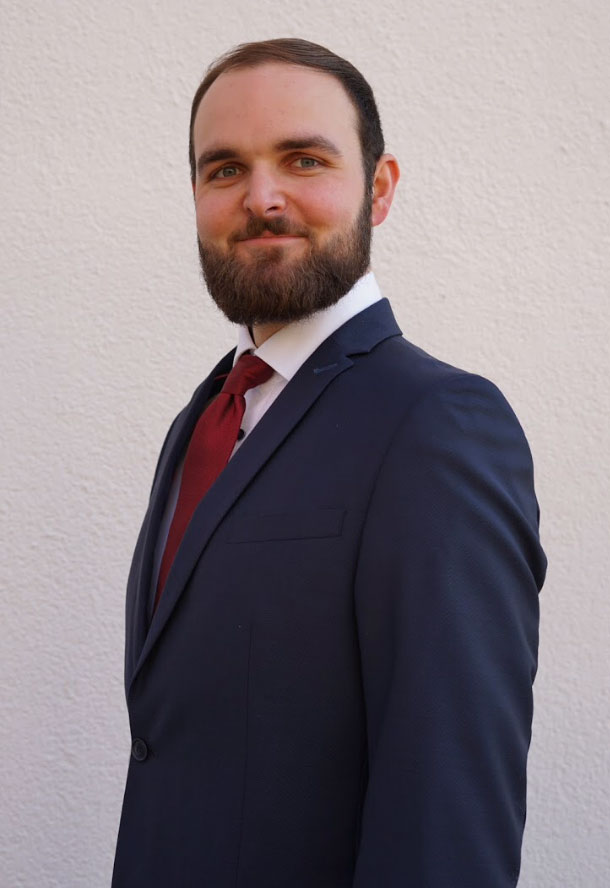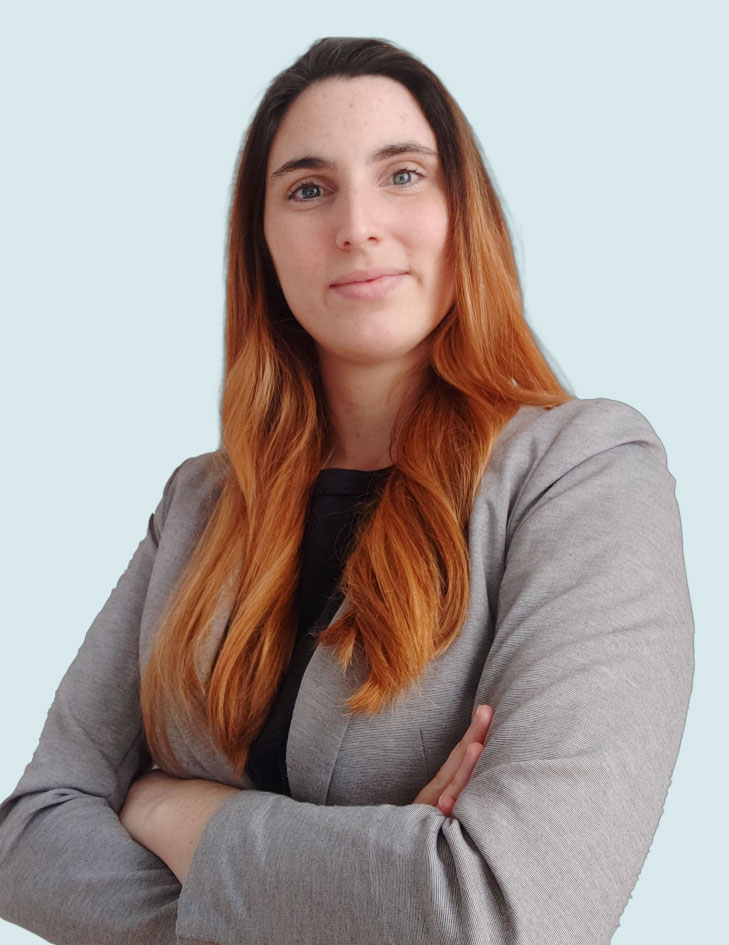Across the globe, countries are looking at ways to make the switch from fossil-fuels to renewable energy. However, one of the main challenges they face is the irregular power generation from renewable sources such as wind and solar, which often does not align with peak periods of high energy consumption. For example, solar power can generate an overabundance of energy during summer, which is then discarded. Conversely, not enough energy is generated to meet needs during evenings and winters. However, if the excess energy from renewable sources could be captured and stored for later use, it would go a long way towards enabling a complete transition away from fossil fuels.
 Lukas Wehmeyer, Development Engineer, Kanthal.“This challenge is driving the development of new energy storage systems, but a lot of the focus is on battery-based solutions,” says Lukas Wehmeyer, Development Engineer, Kanthal. “The reality is that batteries are not capable of storing the amount of energy required. We’re talking about megawatt-hours in the two-to-three digit range. One alternative, which we think has the potential to reach this capacity sooner, is thermal energy storage.”
Lukas Wehmeyer, Development Engineer, Kanthal.“This challenge is driving the development of new energy storage systems, but a lot of the focus is on battery-based solutions,” says Lukas Wehmeyer, Development Engineer, Kanthal. “The reality is that batteries are not capable of storing the amount of energy required. We’re talking about megawatt-hours in the two-to-three digit range. One alternative, which we think has the potential to reach this capacity sooner, is thermal energy storage.”
What is thermal energy storage?
The basic concept is that excess energy – preferably from a renewable source – is used to power an electric air heater, which is then used to heat up a rock material, such as sand or volcanic rock. The heat can then be stored in the rock for up to two months. To release it, cold air is reintroduced into the system, where it generates steam as it comes into contact with the volcanic rock and essentially converts the heat back into energy again which can be released into the power grid. By retrofitting decommissioned power plants, existing steam cycles can continue to be used, making thermal storage a cost effective option too.
We think we can play an important role in developing a viable thermal energy storage system.
 Alba García-Hernández, Development Engineer, Kanthal.“We think we can play an important role in developing a viable thermal energy storage system by using our expertise to design the system’s heater,” says Alba García-Hernández, Development Engineer, Kanthal. “There is huge potential in the market for a solution like this.”
Alba García-Hernández, Development Engineer, Kanthal.“We think we can play an important role in developing a viable thermal energy storage system by using our expertise to design the system’s heater,” says Alba García-Hernández, Development Engineer, Kanthal. “There is huge potential in the market for a solution like this.”
Currently, a team based in Germany is in the process of designing and manufacturing a prototype that can heat air up 800°C. Later this year, it will be moved to Kanthal’s facilities in Hallstahammar, Sweden for performance testing.
“We have done our analytical calculations, we have done numerical simulations such as fluid flow and heat transfer simulations – now we just have to validate those simulations and verify the results,” says Lukas. “We really want to test the limits of the technology, in terms of outlet temperatures, element temperatures and the fluid flow going through the heater. It is one thing to develop a great solution in theory and through calculations, but in the end, we need to see that it performs in practice.”
Tried-and-tested technology with a new purpose
The prototype is based on Kanthal’s porcupine technology, which was first developed in the 1970s and is currently used in Kanthal® air heating cassettes. The technology’s unique design allows for a large proportion of the element’s surface to be in contact with the air resulting in highly efficient heat transfer. The prototype can deliver 1.3 megawatts and if the tests are successful, the next step upscaling to a much larger system.
“If the outcomes from the tests show that our simulations are correct, then we know that the mechanisms are correct,” says Alba. “Then it is just a matter of scaling up and that is not the hardest part of the project. If the tests are successful then we’ve shown the market that we can deliver a solution that works, and we can supply the data to prove it.”
In addition to thermal energy storage, the new heating system also offers huge potential in a number of other processes that require huge amounts of hot air, such as drying processes in the ceramic industry. The goal is to extend the technology so that it can fulfil these opportunities as well.